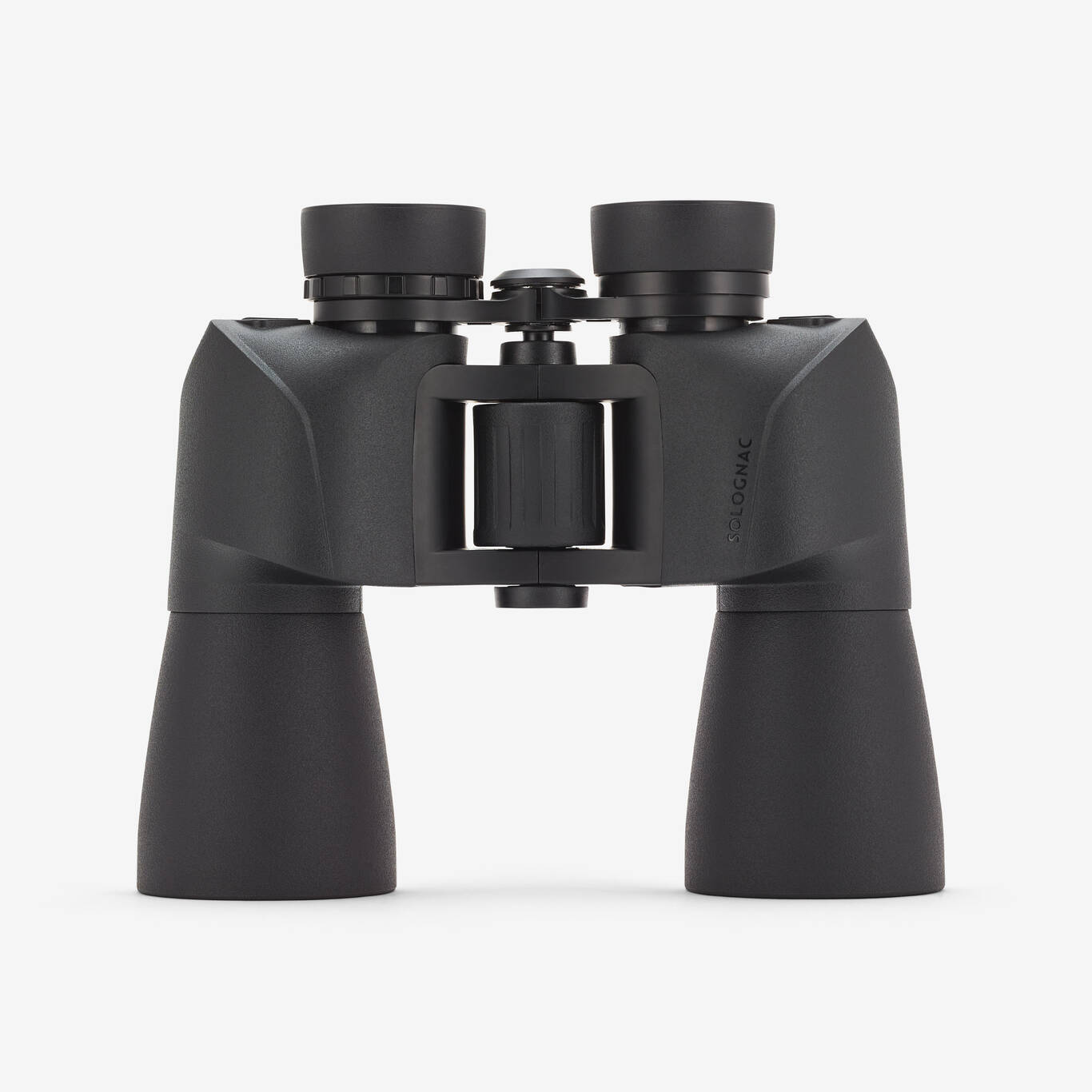


Stores
Contact us
You only need one connection
to enjoy all your favorite services
Rather easy, would you say?















Cannot ship to ()


This product is currently unavailable for your region
Please select a size...





très bon rapport qualité prix
jumelles parfaite super rapport qualité prix
istendiğim heves ettigim kalite de degil malesef bu konuda basarısız SOLOGNAC
süper ürün tavsiye ederim
Build quality was good but I required from 1 Mtr of distance visibility .
Good for watching animals at a distance. Not suitable for close bird watching unless what you observe is still.
Offert à mon fils pour son anniversaire en tant que passionné d'oiseaux, elles lui conviennent très bien.
KESİNLİKLE. Çok. Kaliteli. Almadan önce. Başka. Mağazalara karşılaştırdım. Almak. İSTEYEN kişilere. KESİNLİKLE. Tavsiye. Ederim
Gran aumento y una calidad de imagen genial sobre todo con el precio que tienen.
trop lourdes....TAILLE imposante..LES caches de vue ( des 2 côtés ) sont gênants quand on se sert des jumelles...





très bon rapport qualité prix
jumelles parfaite super rapport qualité prix
istendiğim heves ettigim kalite de degil malesef bu konuda basarısız SOLOGNAC
süper ürün tavsiye ederim
Build quality was good but I required from 1 Mtr of distance visibility .
Good for watching animals at a distance. Not suitable for close bird watching unless what you observe is still.
Offert à mon fils pour son anniversaire en tant que passionné d'oiseaux, elles lui conviennent très bien.
KESİNLİKLE. Çok. Kaliteli. Almadan önce. Başka. Mağazalara karşılaştırdım. Almak. İSTEYEN kişilere. KESİNLİKLE. Tavsiye. Ederim
Gran aumento y una calidad de imagen genial sobre todo con el precio que tienen.
trop lourdes....TAILLE imposante..LES caches de vue ( des 2 côtés ) sont gênants quand on se sert des jumelles...

